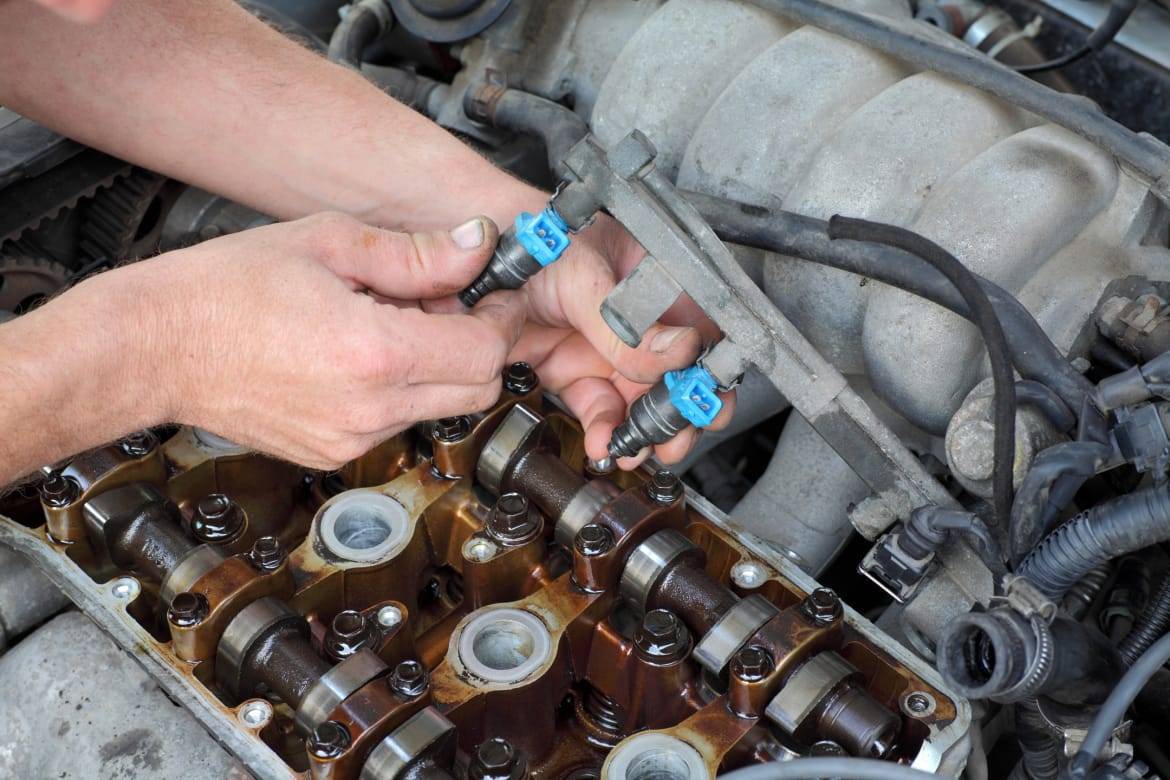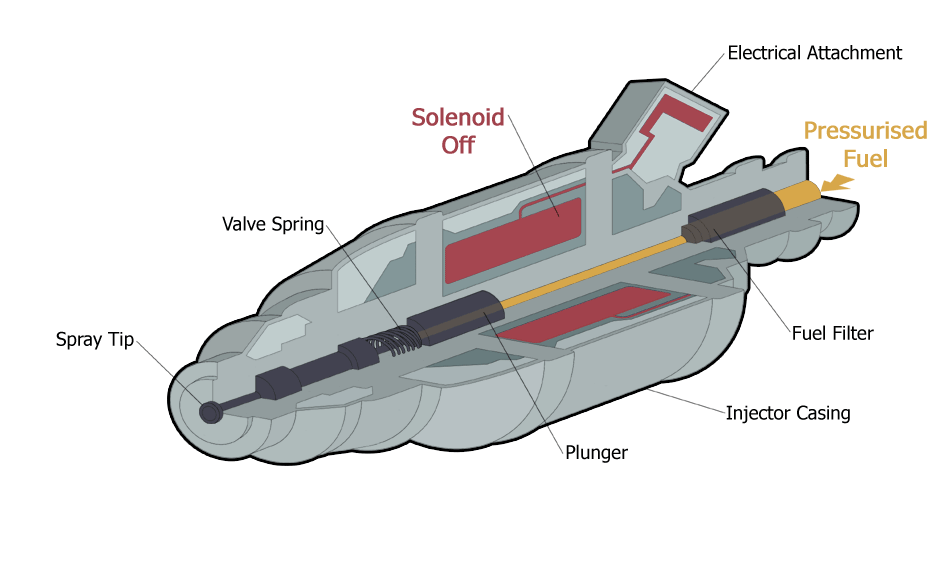All about Best Fuel System Cleaner
Table of ContentsGetting The Best Fuel System Cleaner To WorkThe smart Trick of Best Fuel System Cleaner That Nobody is Talking AboutHow Best Fuel System Cleaner can Save You Time, Stress, and Money.
This is referred to as a Consistent Rail Pressure (CRP) system. ERFS, on the other hand, has no mechanical regulator at all, but rather has a Fuel Rail Pressure Transducer (FRPT) installed on the fuel rail that determines fuel rail pressure relative to manifold pressure and feeds that details back to the PCM.Many of the time this pressure is maintained at 39. 15 psi delta, however when the fuel temperature increases, this pressure can be boosted in order to delay the beginning of boiling the fuel. Some automobiles also improve the pressure under some conditions in order to get away with utilizing smaller flow-rate fuel injectors for various factors beyond the scope of this tutorial.
Both V6 and V8 Mustang utilized ERFS between 1999 and 2010 and MRFS from 2011 forward. best fuel system cleaner. If you are trying to compare injector circulation rates and you have flow data at one delta pressure, you can easily determine the flow rate at a different delta pressure as follows: What is the flow rate for an injector at 43.
15 psi? Circulation rate at 43. 5 psi delta = 60 x v( 43. 5/39. 15) = 63. 2 lb/hr You can use the following information to correctly determine what size injectors are needed for various applications. For this example, we will use a naturally aspirated 5. 0L V8 engine making 300 hp.



More About Best Fuel System Cleaner
52 lb/hp-hr BSFC at large open throttle (WOT). High-performance gas and race engines (12. 5:1 compression ratio and higher), which tend to be exceptionally efficient, can often have a BSFC as low as 0. 38 to 0. 42. More clearly mentioned, this means that if you have a gas engine that makes 300 brake horse power, its overall maximum fuel requirement in lb/hr can be calculated as follows: A 300 hp naturally aspirated gasoline-powered V8 needs what size fuel injector? Initially, assume a read the full info here BSFC of 0.
15 psi throughout the injector. 300 hp x 0. 50 lb/hp-hr = 150 lb/hr maximum overall fuel circulation requirement Considering that this is the overall fuel circulation requirement find more info to the engine, we need to now divide this by the number of injectors being used to determine the flow rate required for each injector so that you can select the right size injector from this brochure.
8 lb/hr per cylinder. So, technically, the engine only needs a 19 lb/hr fuel injector to support 300 hp, but this will require that the injector is at nearly a 100% task cycle in order to attain this horsepower level. Duty cycle describes how long the injector needs to be open (running fuel) in order to provide the needed quantity of fuel.
Under many conditions, fuel is injected when the consumption valves are closed, which aids with fuel atomization and efficiency. If the injectors require to be on 100% of the time to supply sufficient fuel, this suggests that some fuel is being injected while the intake valves are open. Depending on the overlap of the cam in the engine, some of this unburned fuel can be blown best past the exhaust valve, or be improperly atomized, that makes for a less-efficient combustion procedure.
This can cause severe variability in the amount of fuel in fact injected, which can sometimes lead to an abundant condition. Similar problems exist at the low end of the flow region at exceptionally low duty cycles, however this is highly depending on the type and flow rate of each model of injector.
Some Known Details About Best Fuel System Cleaner
For these reasons, we usually recommended choosing an injector with a flow rate adequately high that it will not be required to surpass an 85% responsibility cycle. So, to figure out what size fuel injector will lead to an 85% responsibility cycle, divide the initial outcome by 0. 85: 18.
85 = 22. 1 lb/hr requirement. Considering that the next popular injector size available is 24 click to investigate lb/hr, this is the right size injector that you need to pick for this specific application. Keep in mind that this discussion presumes your fuel pump, lines, regulator, and so on, suffice to be able to maintain a minimum of 39.
Now that you have selected an injector, the calibration (or "tune") in the PCM need to either be changed or a different MAF should be utilized. This calculation can also be reversed to offer the optimum safe hp a set of injectors can support, which provides: The following guide is a general guideline for sizing fuel injectors on an 8-cylinder engine utilizing a BSFC of 0.
Forced-induction engines usually range from a BSFC of 0. 55 to 0. 65, with the latter value developing from the fuel enrichment essential to keep exhaust temperatures below 1650 deg F and driver temperature levels listed below 1750 deg F. Naturally Aspirated: (19 pound x 8 x. 85)/. 50 = 258.
55: (19 pound x 8 x. 85)/. 55 = 234. 9 or approx 235 hp @ 85% task cycle Forced-Induction @ 0. 65: (19 lb x 8 x. 85)/. 65 = 198. 8 or approx 199 hp @ 85% responsibility cycle Inj Flow Rate (@ 40 psid) Naturally Aspirated hp (@ 0 (best fuel system cleaner).